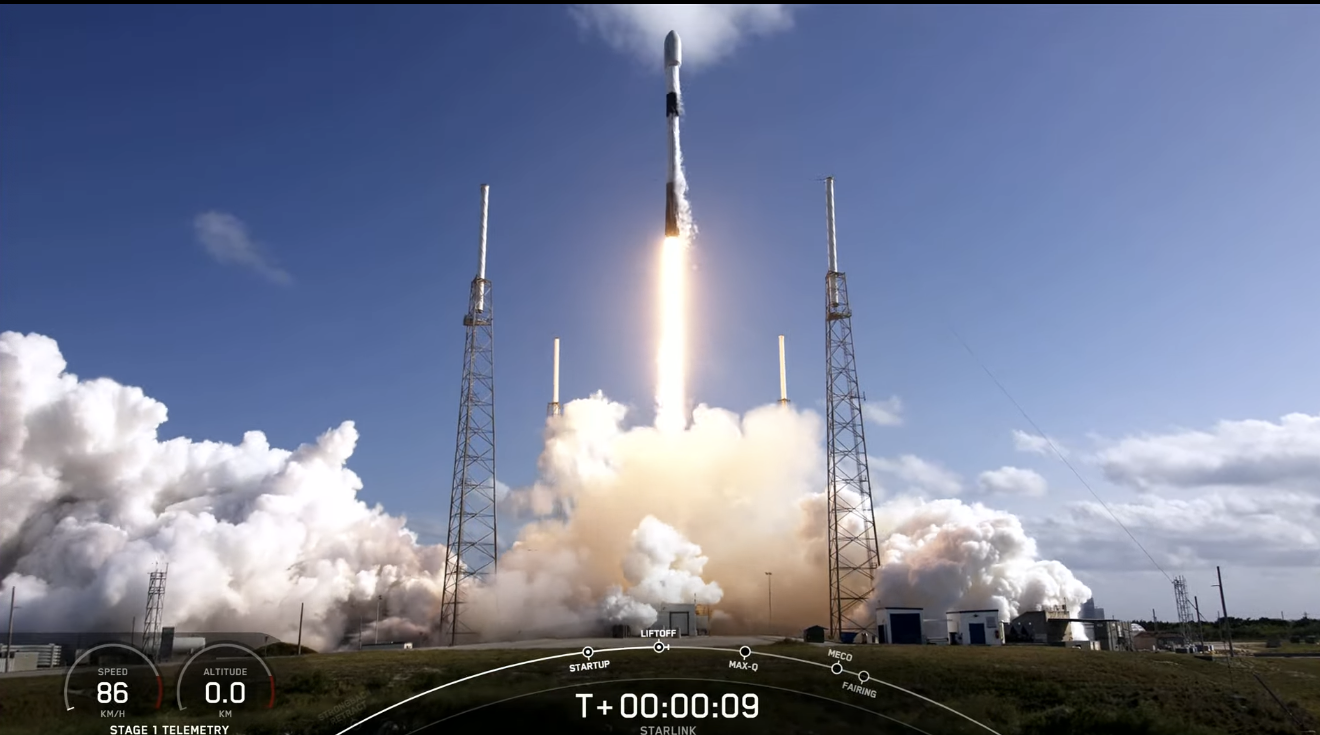
SpaceX has launched a personal-best-beating sixth Falcon 9 in a single calendar month, as the six-times-flown B1062 booster—which just three weeks ago lifted Dragon Endeavour to orbit on her historic Ax-1 mission—roared aloft Friday evening from storied Space Launch Complex (SLC)-40 at Cape Canaveral Space Force Station, Fla. Liftoff of the Falcon 9 occurred at the start (and end) of an “instantaneous” launch window at 5:27 p.m. EDT and tonight’s mission was tasked with delivering 53 Starlink internet communications satellites to low-Earth orbit.
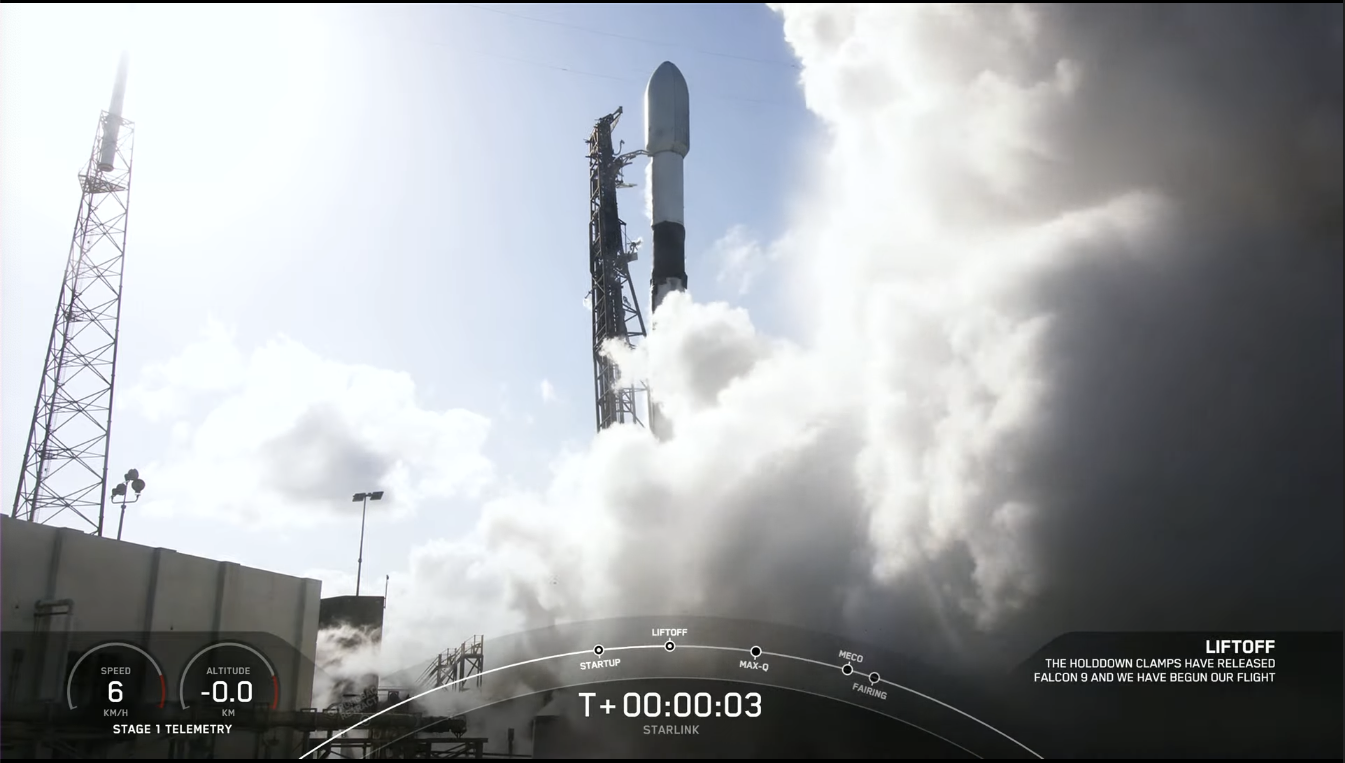
It marked the 150th successful Falcon 9 mission since the fleet’s maiden outing way back in June 2010. And flying again only 21 days after Ax-1, B1062 set a new landing-to-launch record for the same orbital-class booster. According to SpaceX, this included only nine days of processing time of the booster.
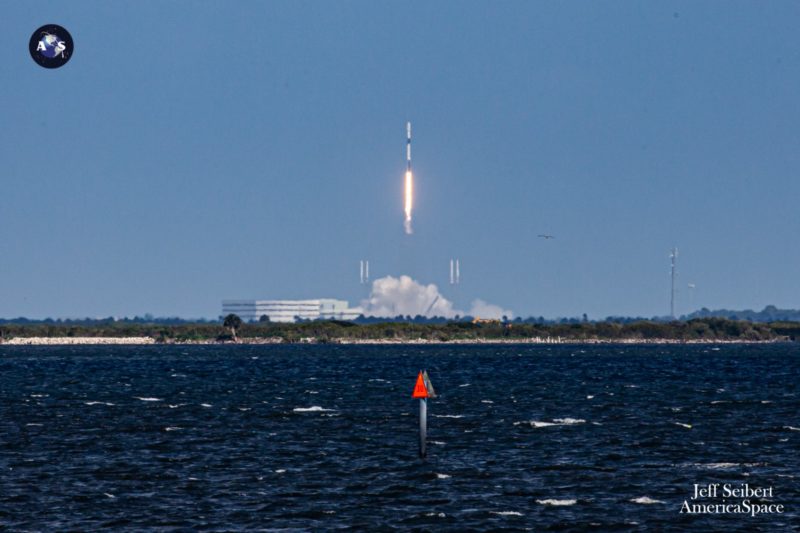
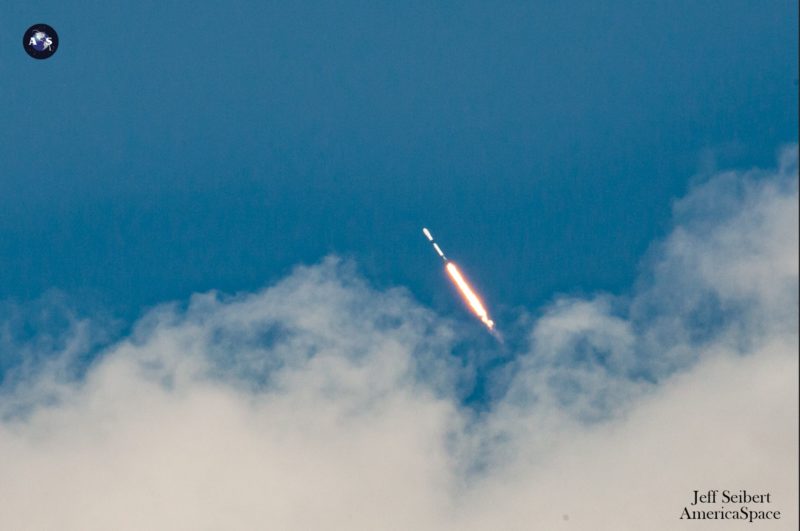
AmericaSpace
Over the last couple of years, SpaceX has slowly but surely driven down the turnaround times for its individual Falcon 9 boosters. From November 1985 until July 2020, the record of 54 days for the shortest interval between two launches of the same orbital-class booster was held by Space Shuttle Atlantis. Following her classified STS-51J mission, which launched on 7 October 1985, she was reprocessed and launched again on the STS-61B mission the following 26 November.
That achievement endured for more than three decades, until a Falcon 9—fresh from launching Dragon Endeavour and NASA astronauts Doug Hurley and Bob Behnken on their historic Demo-2 mission to the International Space Station (ISS) on 30 May 2020—returned to space the following 20 July to lift South Korea’s ANASIS-II military communications satellite on the first leg of its trek to Geostationary Transfer Orbit (GTO).
In doing so, a new record of 51 days was set between two launches by the same booster. Six months later, another booster cut this launch-to-launch record to just 38 days, whilst yet another shaved it still further to 27 days in February 2021.
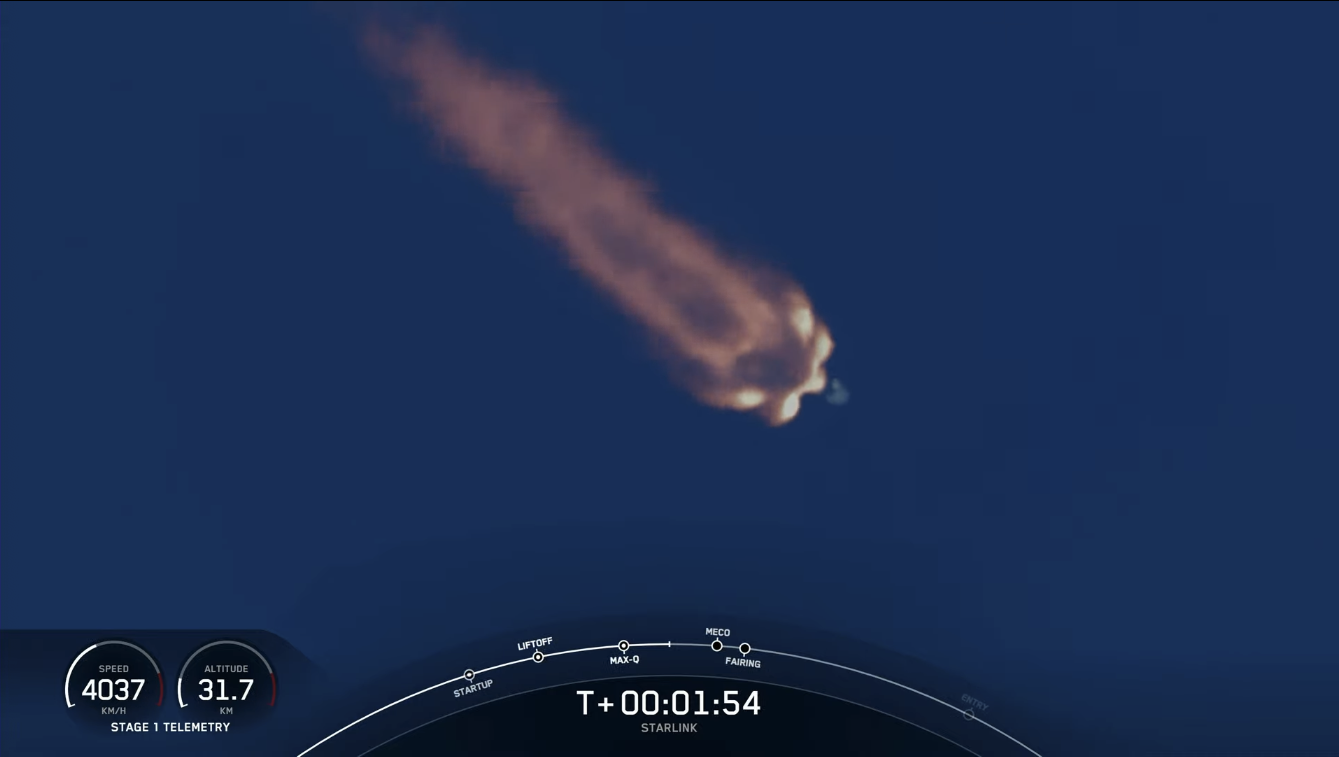
More than a year later, April 2022 kicked off in fine style with the launch of the multi-payload Transporter-4 mission from SLC-40 on the first day of the month. But this flight proved no “April Fool”, for it was followed from KSC’s Pad 39A on the 8th by the launch of Dragon Endeavour and the Ax-1 crew. Commanded by former NASA astronaut Mike Lopez-Alegria, a crew of entrepreneurs Larry Connor of the United States, Eytan Stibbe of Israel and Canada’s Mark Pathy flew the first all-private research mission to the ISS, under the auspices of Houston, Texas-based AxiomSpace, Inc.
Nine days later, another Falcon 9 rose from Space Launch Complex (SLC)-4E at Vandenberg Space Force Base, Calif., laden with the highly secretive NROL-85 payload for the National Reconnaissance Office. Attention then returned to the Space Coast, where a 53-strong Starlink batch rose from SLC-40 on 21 April. And earlier this week, a fifth Falcon 9 of the month successfully delivered NASA astronauts Kjell Lindgren, Bob “Farmer” Hines and Jessica Watkins, together with Italy’s Samantha Cristoforetti of the European Space Agency (ESA), to the ISS aboard the brand-new Dragon Freedom.

It marked on the second occasion that SpaceX had flown as many as five missions in a single calendar month, but the Hawthorne, Calif.-headquartered launch services organization—which has already stated its intent to execute up to 60 flights this year—had one more ace up its sleeve, in the form of a personal-best-beating sixth.
Last Tuesday, the Autonomous Spaceport Drone Ship (ASDS), “Just Read the Instructions”, put to sea out of Port Canaveral, bound for a position some 395 miles (635 kilometers) offshore in the Atlantic Ocean. JRTI’s departure came less than a day after she had offloaded the 12-times-flown B1060 booster following her 21 April Starlink mission. It also made JRTI the first drone ship to attempt a third Falcon 9 “catch” in a single calendar month, as SpaceX’s flight cadence begins to ramp up.

Weather along the Space Coast for Friday’s launch looked exceptionally favorable, with a 90-percent probability of acceptable conditions. A similar outlook also held out for Saturday’s backup opportunity.
“High pressure building across the western Atlantic tonight into tomorrow,” noted the 45th Weather Squadron at Patrick Space Force Base in its L-1 briefing on Thursday, “will support a continuation of low-level moisture embedded in the easterly flow, yielding some clouds and potentially a light shower. Thus, the primary weather concern for launch day is the extent and depth of these clouds.”
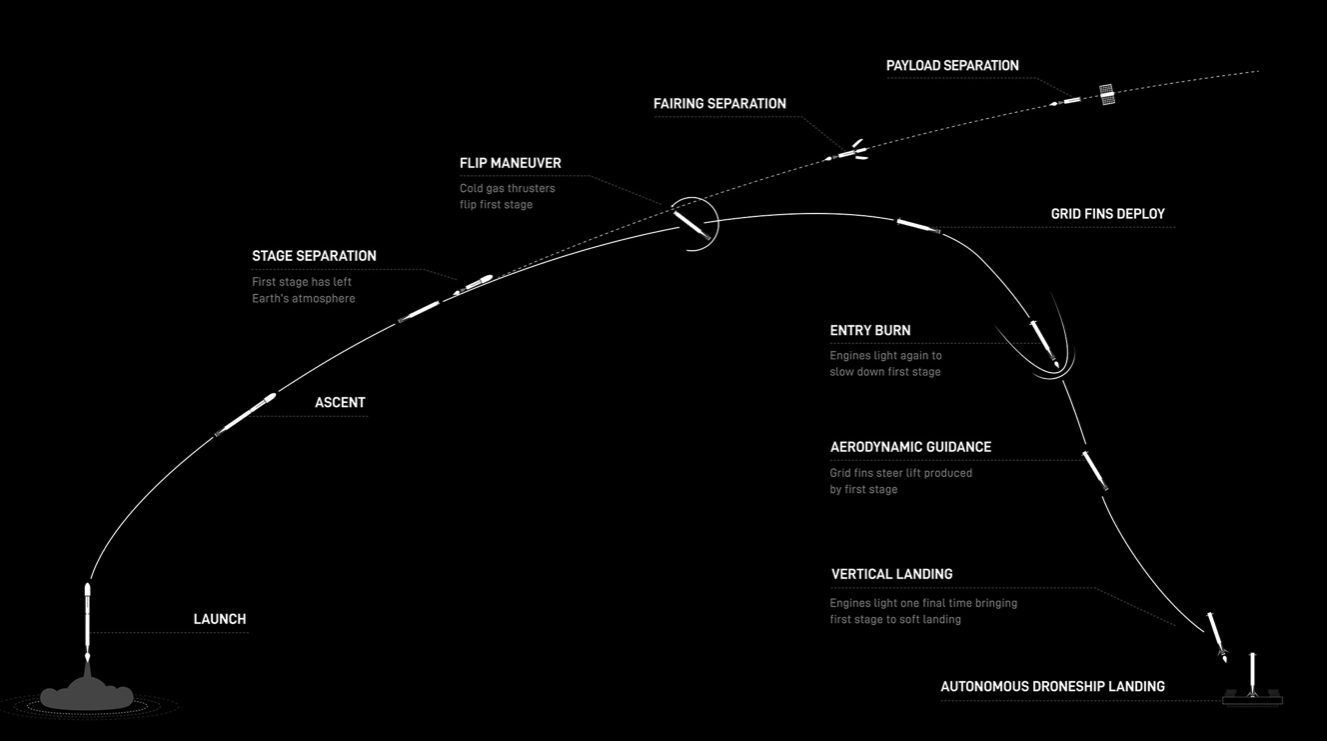
Liftoff occurred at 5:27 p.m. EDT and B1062—which reportedly enjoyed a mere nine-day processing flow for this mission—powered smoothly uphill for 2.5 minutes, her nine Merlin 1D+ engines punching out 1.5 million pounds (680,000 kilograms) of thrust. The core stage then separated from the stack, after which the Merlin 1D+ Vacuum engine of the Falcon 9’s second stage picked up the baton for a lengthy, six-minute “burn” to deliver the 53-strong Starlink stack to an initial orbit at an altitude of 340 miles (550 kilometers), inclined 53.2 degrees to the equator. As this story was being prepared, deployment of the stack was expected a little under an hour after launch.
Tonight’s launch—the 17th Falcon 9 to rise from Earth in 2022’s first 17 weeks—brings the total number of Starlinks placed into orbit so far this year to 497 on ten Falcon 9 missions. And B1062 became the seventh booster to launch a sixth time. First flown in November 2020, she has delivered a pair of Block III Global Positioning System (GPS) navigation and timing satellites for the U.S. Space Force, more than a hundred Starlinks and eight humans on last September’s Inspiration4 and this month’s Ax-1 to orbit.




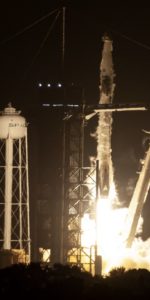
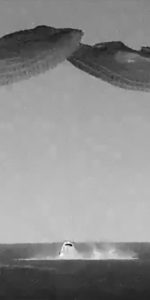
12 Comments
12 Pings & Trackbacks
Pingback:SpaceX Launches Next Starlink Batch, Heads Into Multi-Mission May - AmericaSpace
Pingback:SpaceX Launches Transporter-5 Rideshare , Wraps Up Multi-Mission May - AmericaSpace
Pingback:SpaceX Launches Egyptian Satellite to Orbit, CRS-25 Stands Down Until 28 June - AmericaSpace
Pingback:Record-Breaking Falcon 9 Lofts Starlinks, Wraps Up 100th Booster Reuse - AmericaSpace
Pingback:SpaceX Launches Third Falcon 9 in 36 Hours, as Multi-Mission June Continues - AmericaSpace
Pingback:Record-Tying Falcon 9 Flies, Kicks Off Busy July - AmericaSpace
Pingback:Long-Serving Falcon 9 Lifts 53 Starlinks, Returns to Drone Ship Landing - AmericaSpace
Pingback:Long-Serving Falcon 9 Lifts 53 Starlinks, Returns to Drone Ship Landing -
Pingback:Late-Night SpaceX Launch Orbits Fourth Batch of Shell 3 Starlinks - AmericaSpace
Pingback:SpaceX’s Third Falcon 9 of September Launches at Sixth Attempt - AmericaSpace
Pingback:Record-Tying 14x-Flown Falcon 9 Lifts Galaxy 33/34 Twins to Space - AmericaSpace
Pingback:10x-Flown Falcon 9 Launches October’s Fifth Mission, as Starlink Count Passes 3,500 - AmericaSpace